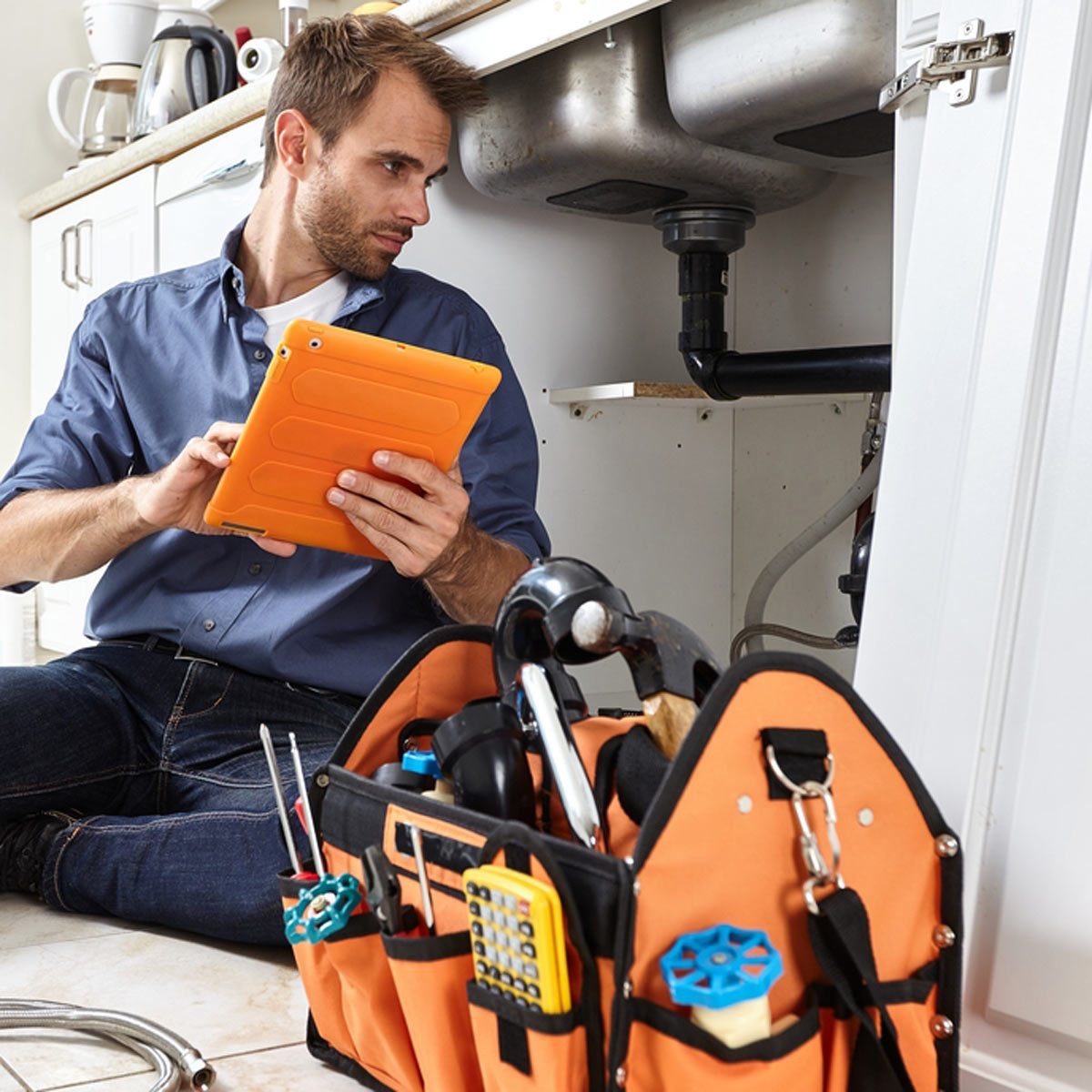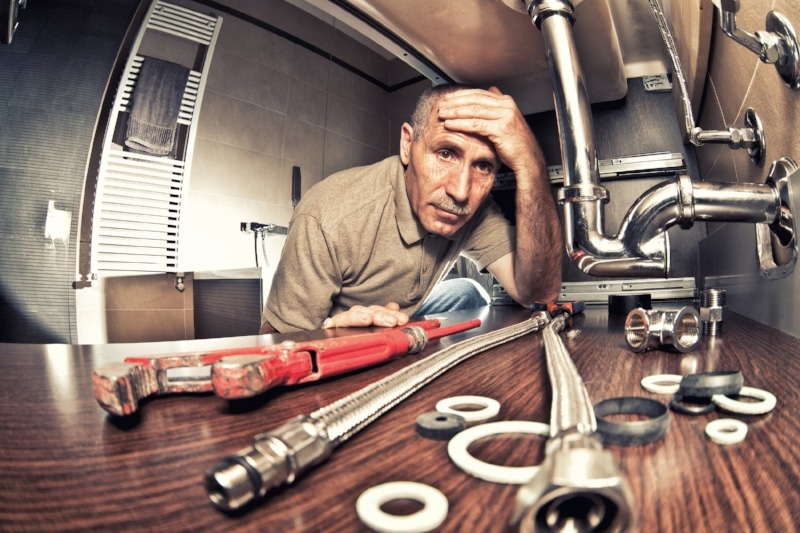Nearly everybody maintains their private idea when it comes to When to call a professional plumber vs. DIY.

Intro
Pipes issues can vary from small inconveniences to significant frustrations, typically prompting house owners to determine in between tackling the issue themselves or calling a professional plumbing. Understanding when to DIY and when to look for expert aid can save time, cash, and stop potential disasters. This post explores the aspects to think about when making this essential decision.
Advantages of Do It Yourself Pipes
Taking on plumbing tasks on your own can be gratifying in a number of means, particularly for simpler projects.
Expense Savings
Do it yourself plumbing tasks usually save cash by staying clear of professional service fees. Jobs like fixing small leakages, replacing faucets, or mounting new showerheads are examples where homeowners can take care of repairs without employing a plumbing.
Ability Improvement
Participating in do it yourself pipes provides a possibility to discover and improve functional abilities. Fundamental jobs empower home owners to recognize their plumbing systems better and obtain confidence in managing little fixings independently.
Risks of DIY Pipes
While do it yourself tasks offer benefits, specific threats should be meticulously considered before trying fixings.
Complexity of Tasks
Some plumbing problems require specialized knowledge and tools past normal home owner capabilities. Messing up complex troubles can cause additional damage and costly repair work.
Safety Issues
Dealing with plumbing systems involves threats such as direct exposure to water damage, possibility for electric threats, and dealing with devices incorrectly. Safety and security precautions must be observed to stop accidents and make certain reliable repair work.
Indicators to Call an Expert Plumbing Professional
Recognizing when a pipes concern goes beyond do it yourself abilities is important to preventing getting worse problems.
Indicators of Complicated Concerns
Examples include:
Prompt specialist treatment is needed to deal with these problems efficiently and lessen damage.
Do It Yourself Pipes Tips
For successful do it yourself pipes, it's essential to be prepared with the right tools and adhere to correct procedures.
Fundamental Tools and Materials
Trick tools for DIY pipes:
Step-by-Step Guides
Clear directions guarantee safe and reliable DIY fixings:
Picking the Correct Time to Do It Yourself
Identifying when to take on plumbing tasks yourself needs assessing both the complexity of the problem and personal convenience degrees.
Analysis Checklist
Think about:
When to Absolutely Call a Specialist
Certain scenarios demand instant experienced attention to stop comprehensive damage or safety threats.
Examples consist of:
Finding and Working With a Professional Plumbing Professional
Choosing a qualified plumbing technician makes sure trustworthy solution and comfort in dealing with pipes issues.
Requirements for Choice
Elements to take into consideration:
Cost Evaluation: DIY vs. Specialist Services
Contrasting the economic effects of do it yourself efforts versus professional plumbing services aids in making notified choices.
Financial Considerations
Examine:
Verdict
Determining whether to do it yourself or call an expert plumbing technician hinges on recognizing the intricacy of pipes concerns and personal abilities. By considering the advantages and dangers, house owners can make enlightened options that advertise efficient upkeep and safeguard their homes from pipes disasters.
DIY Plumbing Projects: What Homeowners Can Do and When to Call a Professional
Welcome to our comprehensive guide on DIY plumbing projects. In this blog post, we aim to empower homeowners with the knowledge and skills to tackle basic plumbing tasks around the house. From unclogging drains to fixing a leaky faucet, we’ll walk you through step-by-step instructions on how to handle these common issues.
However, not all plumbing problems can or should be solved with a DIY approach. Recognizing when a problem is beyond your skill level and requires professional intervention is just as important as knowing how to perform basic tasks. We’ll also discuss the signs that indicate it’s time to put down your tools and pick up the phone to call a professional plumber. By understanding when to DIY and when to call a professional, you can save time, avoid potential disasters, and ensure your home’s plumbing system remains in top shape.
Understanding Plumbing Basics
Before we dive into the DIY projects, let’s take a moment to understand the basics of your home’s plumbing system. A typical residential plumbing system consists of two major components: the water supply system, which brings fresh water into your home, and the drainage system, which removes waste water. These systems are made up of a network of pipes, valves, and fixtures that work together to deliver clean water and dispose of waste efficiently.
Regular maintenance of your plumbing system is crucial to prevent minor issues from escalating into major problems. This includes tasks like checking for leaks, removing minor clogs, and ensuring your pipes are insulated for winter. By performing these tasks regularly, you can extend the lifespan of your plumbing system, save money on water bills, and maintain the comfort and hygiene of your home.
In the following sections, we’ll explore some common DIY plumbing projects that homeowners can handle, as well as situations that require the expertise of a professional plumber. Whether you’re a seasoned DIY enthusiast or a beginner, this guide will provide you with valuable insights into the world of home plumbing.
DIY Plumbing Projects Homeowners Can Handle
Plumbing may seem intimidating, but there are several tasks that homeowners can confidently tackle with a little guidance and the right tools. Here are a few common issues you might encounter and how to address them.
Unclogging Drains
Use a Plunger: This is your first line of defense. A good old-fashioned plunger can dislodge the obstruction and clear the drain in many cases. Try a Plumber’s Snake or Hand Auger: If the plunger doesn’t work, a plumber’s snake or hand auger can reach deeper into the pipe to break up the clog. Use a Drain Cleaner: If physical methods fail, a chemical drain cleaner can dissolve the clog. However, use these products sparingly as they can damage your pipes if overused.

As an avid person who reads about When to DIY and When to Call a Professional Plumber, I imagined sharing that piece of content was really helpful. For those who appreciated our blog entry please remember to pass it around. I value your readership.
Show Details